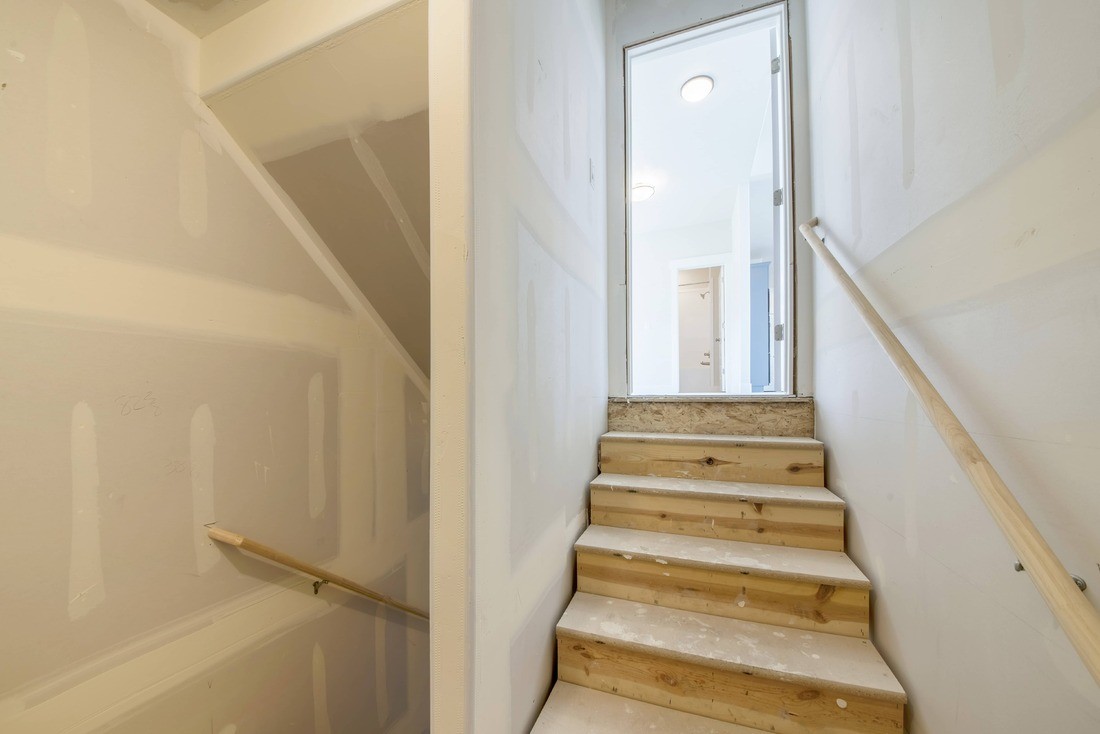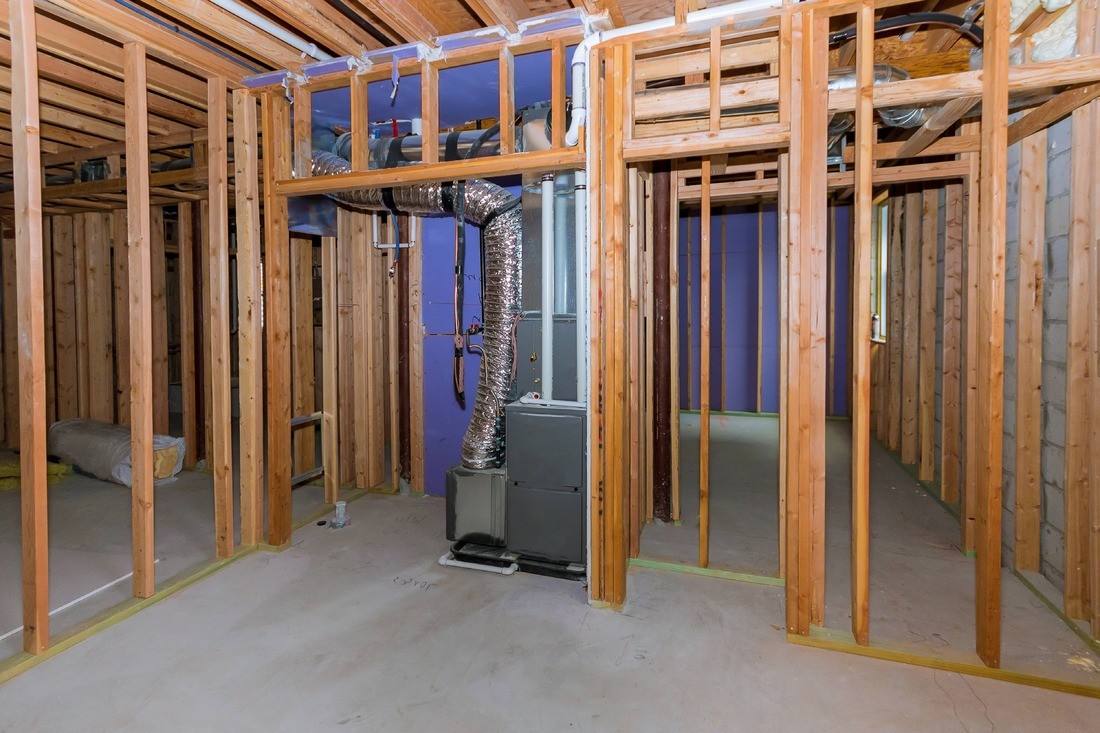
Restoring Basement Ceiling Tiles After Water Damage
Basement water damage can be a nightmare for homeowners. Not only does it cause structural issues, but it can also lead to mold growth and other health hazards. One common area that is often affected by water damage in the basement is the ceiling tiles. In this article, we will discuss the process of restoring basement ceiling tiles after water damage and the importance of professional water restoration services.
The Importance of Restoring Basement Ceiling Tiles

When basement ceiling tiles are exposed to water damage, they can warp, sag, or even collapse. This not only affects the aesthetic appeal of your basement but also poses a safety risk. Damaged ceiling tiles can become weak and may fall unexpectedly, potentially causing injury to individuals below. Therefore, it is essential to restore basement ceiling tiles promptly to ensure the overall safety and structural integrity of your home.
Steps to Restore Basement Ceiling Tiles After Water Damage
Restoring basement ceiling tiles after water damage involves several crucial steps. Here is a step-by-step guide:
- Assess the damage: Begin by assessing the extent of the water damage to the ceiling tiles. Determine if the tiles can be salvaged or if they need to be replaced.
- Document the damage: Take clear photographs of the water-damaged ceiling tiles and any other affected areas. These photos will be helpful for insurance claims and as documentation for future reference.
- Remove the water source: Identify and fix the source of the water intrusion to prevent further damage. Common sources include leaky pipes, faulty plumbing fixtures, or basement flooding.
- Remove the water-damaged tiles: Carefully remove the water-damaged ceiling tiles from the installation grid. Be cautious to avoid any injuries or further damage.
- Dry the affected area: Use fans, dehumidifiers, and other drying equipment to thoroughly dry the area where the ceiling tiles were located. Ensure there are no signs of moisture before proceeding.
- Clean and disinfect: Clean the ceiling grid and any remaining tiles that were not damaged. Disinfect the area to prevent mold and mildew growth.
- Replace or repair the tiles: Depending on the level of damage, either replace the water-damaged ceiling tiles with new ones or repair them if possible. Consult a professional if you are unsure how to proceed.
- Inspect for mold: Once the restoration is complete, thoroughly inspect the entire basement for any signs of mold growth. If you detect mold, it is crucial to address it promptly to prevent further issues.
The Role of Professional Water Restoration Services

While it is possible to restore basement ceiling tiles after water damage on your own, hiring professional water restoration services is highly recommended. Here’s why:
- Expertise and experience: Professional water restoration technicians have the knowledge and experience to assess the extent of the water damage accurately. They understand the best methods for restoring and repairing ceiling tiles while ensuring the overall safety of your home.
- Advanced equipment: Professionals have access to specialized equipment, such as high-powered drying fans and moisture meters, which expedite the drying process and ensure thorough moisture removal. This helps to prevent mold growth and further damage.
- Prevention of future issues: Professional water restoration services can identify and address underlying issues that may have caused the water damage, such as leaky pipes or inadequate drainage. By resolving these problems, they help prevent future incidents of water damage.
- Insurance assistance: Working with a professional water restoration company can help streamline the insurance claims process. They can provide documentation, itemized lists of damages, and other necessary information to support your claim.
Overall, the expertise and resources provided by professional water restoration services can greatly simplify the restoration process and give you peace of mind knowing that your basement is in capable hands.
Conclusion
Restoring basement ceiling tiles after water damage is a crucial step in mitigating the effects of basement flooding. Whether you choose to tackle it yourself or hire professional water restoration services, prompt action is essential to prevent further damage and future issues such as mold growth. By following the appropriate steps and investing in professional help when needed, you can restore your basement ceiling tiles and ensure the safety and integrity of your home.


